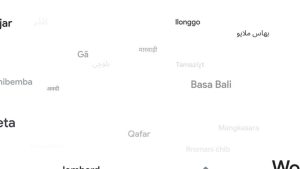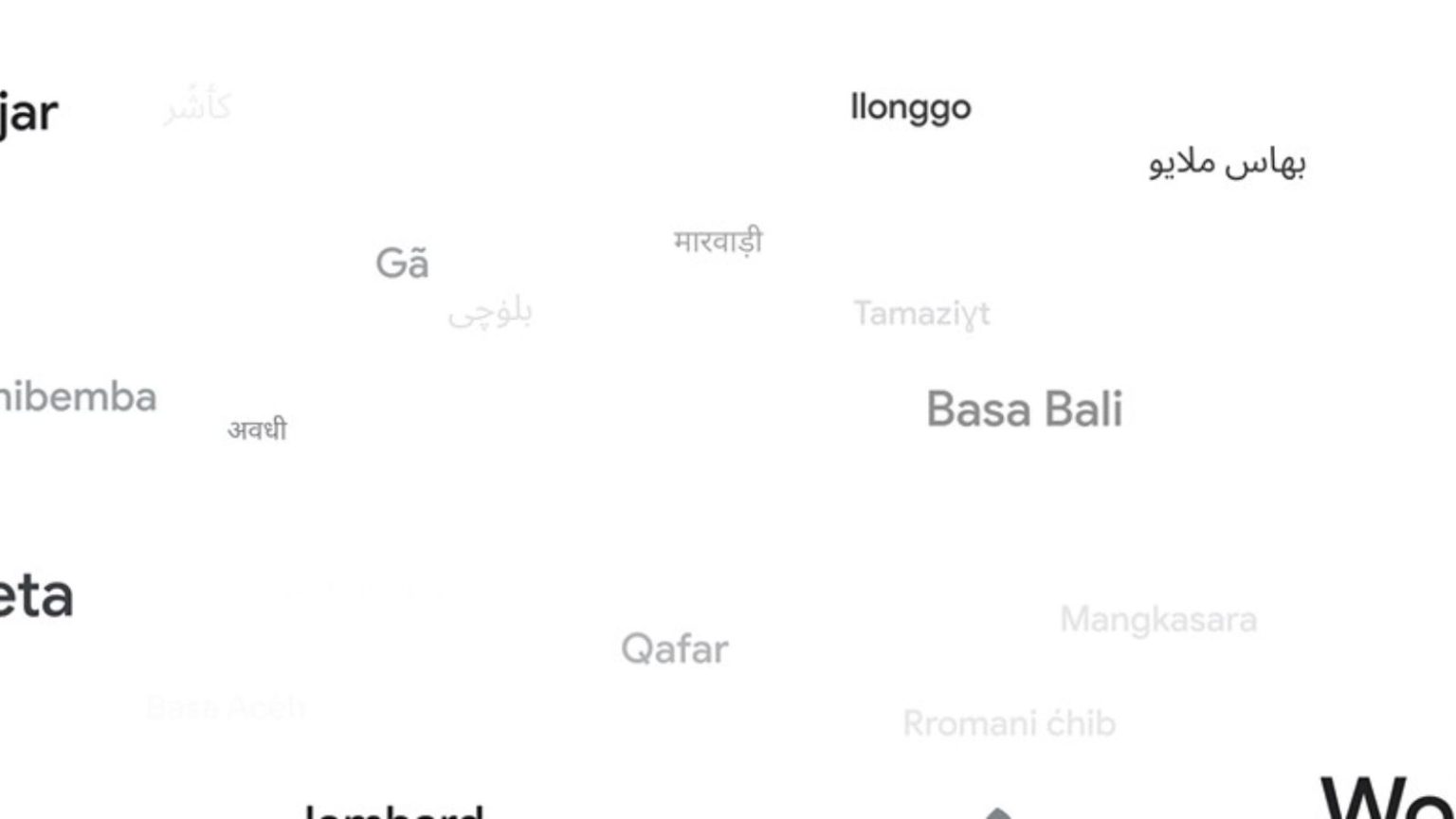Google Translate is expanding its reach significantly, adding support for a whopping 110 new languages! This brings the total number of languages supported to a staggering 243, making communication and information access more achievable for millions worldwide.
This update aligns with Google’s ambitious 1,000 Languages Initiative, aiming to develop AI models that can translate the world’s 1,000 most spoken languages.
Powered by PaLM 2: Efficient Integration of New Languages
Google is leveraging its powerful PaLM 2 large language model to seamlessly integrate these 110 new languages. This model is particularly adept at learning languages with close relations, making it efficient for translating languages like Awadhi and Marwadi (dialects of Hindi) or French-based creoles like Seychellois and Mauritian.
A Diverse Range of Languages Included
The new language additions encompass both major world languages and those spoken by smaller indigenous communities. This expansion represents over 614 million speakers globally, with a noteworthy focus on African languages. This marks Google Translate’s largest African language inclusion to date, featuring languages like:
- Fon
- Kikongo
- Luo
- Ga
- Swati
- Venda
- Wolof
Beyond the Numbers: Specific Languages Highlighted
The update introduces a fascinating array of languages, including:
- Afar: Spoken in parts of East Africa (Djibouti, Eritrea, Ethiopia) with significant contributions from volunteers.
- Cantonese: A highly requested language that shares some written similarities with Mandarin.
- Manx: A Celtic language experiencing revival after near extinction, spoken on the Isle of Man.
- NKo: A standardized form written in a unique alphabet, used for West African Manding languages.
- Punjabi (Shahmukhi): The most spoken language in Pakistan, written in the Perso-Arabic script.
- Tamazight (Amazigh): A Berber language of North Africa, with written forms in both Latin and Tifinagh scripts.
- Tok Pisin: An English-based creole language serving as a lingua franca in Papua New Guinea.
- Prioritizing Widely Used Varieties
When incorporating languages, Google takes regional variations and spelling standards into account. They prioritize commonly used varieties, even for languages lacking a standardized form. An example of this is the Romani text in Translate, which blends Southern Vlax Romani with elements from other Romani dialects.
Looking Forward: Continuous Improvement
Google acknowledges that language is constantly evolving. They plan to integrate more language variations and spelling conventions as technology advances. Additionally, ongoing partnerships with linguists and native speakers will be crucial in ensuring accurate and inclusive translations.
This significant expansion of Google Translate is a remarkable step towards breaking down language barriers and fostering global communication. With over 240 languages now supported, Google Translate is a powerful tool for connecting people and cultures across the world.

